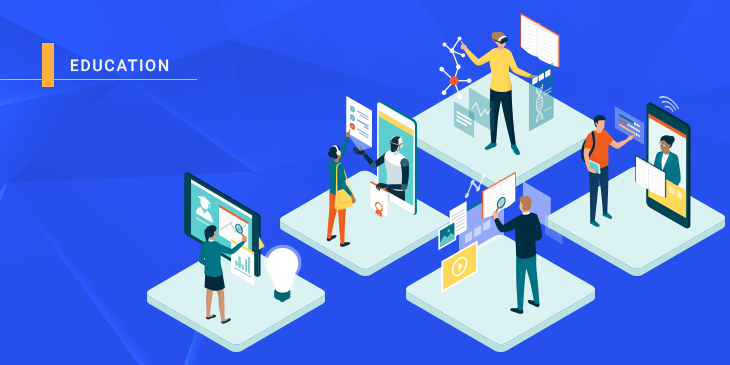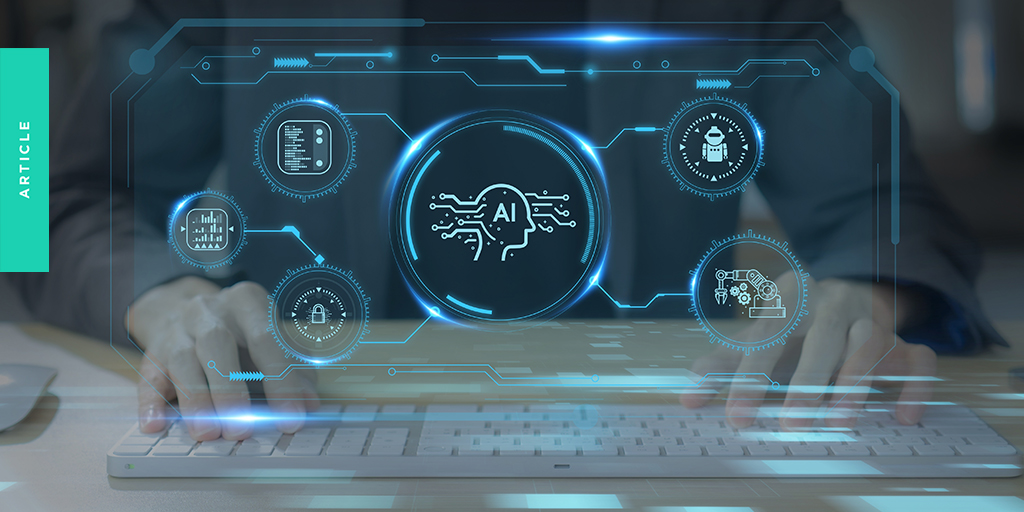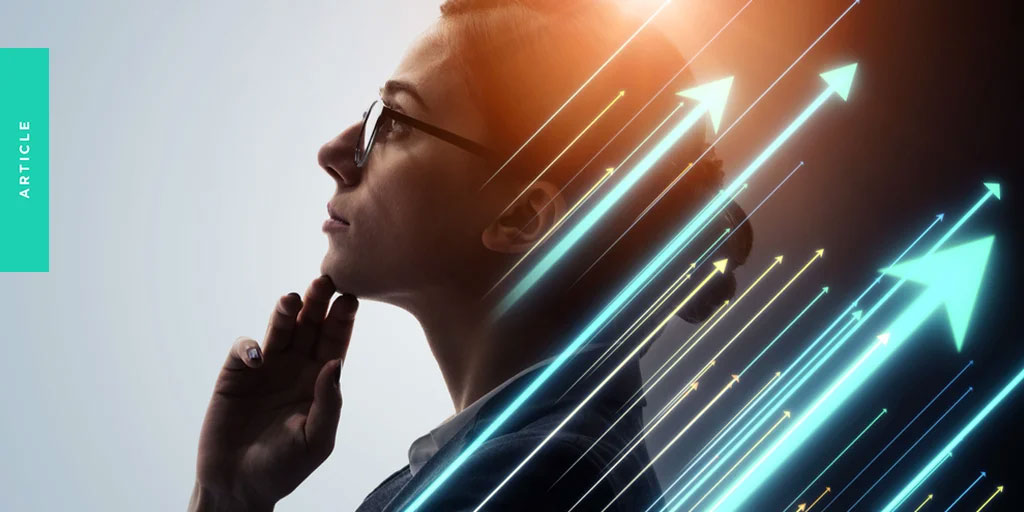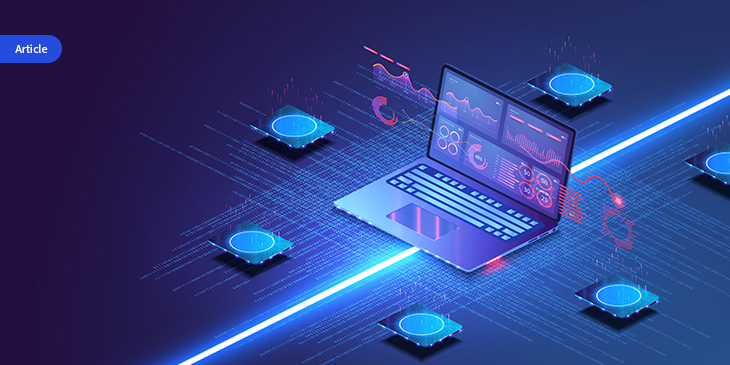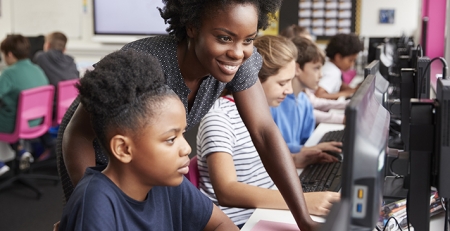5 ways tech is rapidly changing the nature of education
Emerging education technologies are transforming 21st-century classrooms. The introduction of artificial intelligence (AI), virtual reality (VR) and augmented reality (AR) as learning tools is a world away from inkwells and chalkboards, and will only continue to evolve as teachers and students embrace technology.
Artificial intelligence
For years, developers have promised that AI will revolutionize the way we live and learn. AI refers to the ability of a computer system to “think,” initially through programs and algorithms, then “learning” without being explicitly programmed. The potential for these knowledge-based programs is not lost on educators.
Davar Ardalan saw a gap in what AI currently offers, and her software IVOW is her “vow to train the next generation of AI to be culturally conscious.” To do this, if a student has an assignment on a cultural tradition in Latin America they may ask Siri for search results. Instead of Siri describing a Google search result, IVOW would share a story told by someone raised in that culture.
Virtual and augmented reality
Research has shown that students will spend more time interacting with multi-sensory simulations. 3D printers are now being used in schools, but even they are stepping down from their podium to make room for VR and AR.
These technologies offer new ways for students to interact with learning and lesson plans, from exploring human anatomy, ancient cities and the far reaches of the solar system, to building their own worlds.
Data collection
Collecting good data on students is an important part of the teaching and learning cycle. Whether the goal is to create personal learning plans (PLPs) or manage student behavior, the possibilities, and potential benefits, are significant.
The key is to collect the right data and use it to create blended learning plans.
The key is to collect the right data and use it to create blended learning plans that identify problems, develop questions about student learning problems and map out a course of instruction appropriate to each student’s needs.
Gamification
One of the features of games is their ability to remember the ability level of a player and up the ante accordingly. Enter gamification in schools that tailor to individual students. Potential applications include:
- Giving points for meeting academic objectives (individual and class-based)
- Creating unique rewards (to encourage specific behaviors)
- Grading backward (starting 0 and adding marks for progress)
- Awarding points for desired behavior and actions (and subtracting for the opposite)
- Nuanced performance comparison and evaluation (against multiple criteria)
Using old technologies in new ways
Touch screens with styluses are allowing students to interact more with learning materials as well as encouraging natural instruction in the classroom. Instead of sitting back and watching the teacher solve a problem on the smart board, students can connect their devices to the board and demonstrate a solution for the class.
Many schools are digitizing their libraries and textbooks, transforming an analog learning style into a dynamic approach as students can highlight, note-take and bookmark books and passages from their device and have access to books that may not be available in their schools.
Technology in the classroom has enormous potential for both teachers and students and will continue to evolve.
Content created and provided by ONEAFFINITI.


